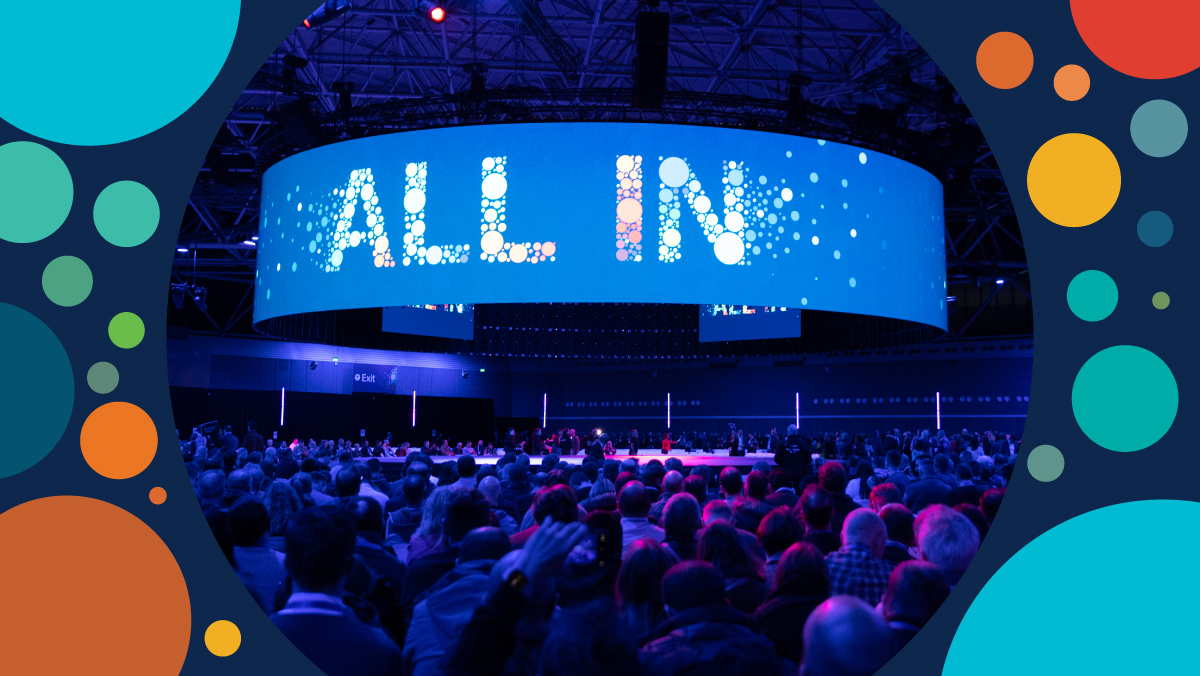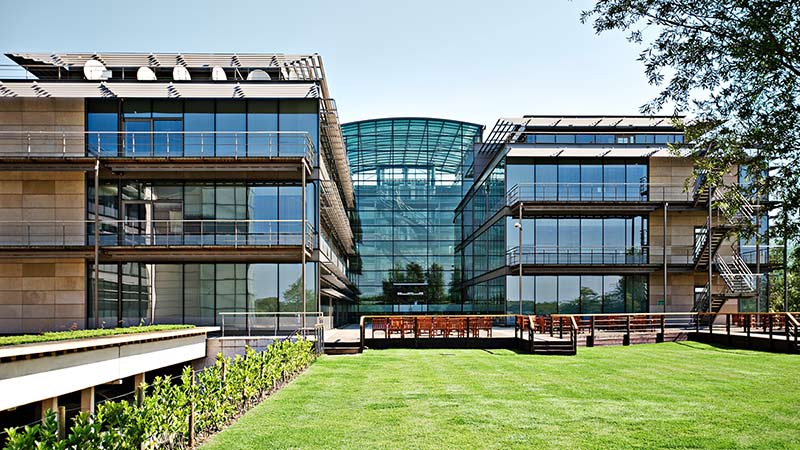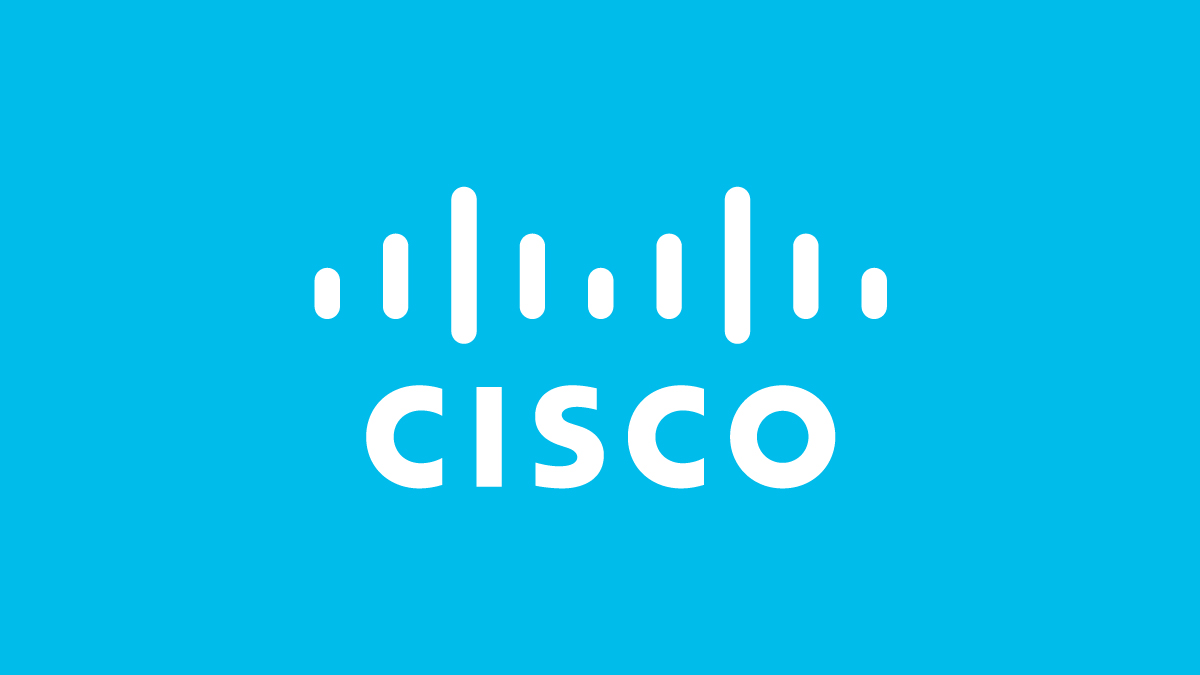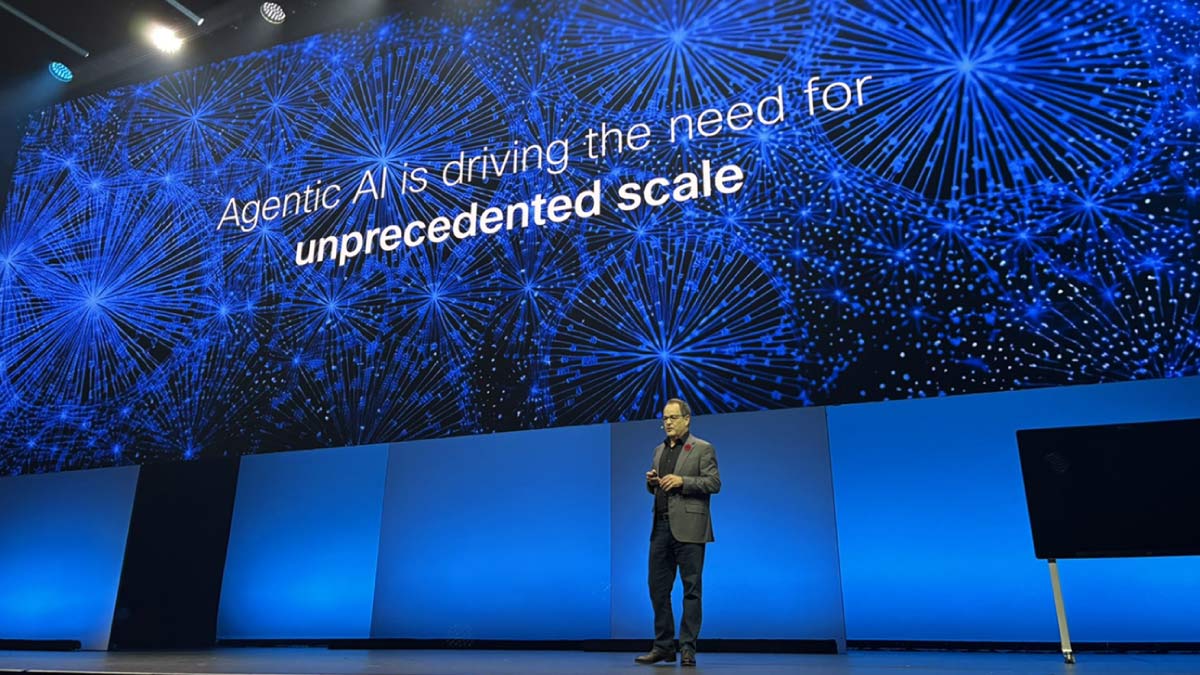“Transformation is not easy,” Cisco EMEA president Wendy Mars said in a keynote address to a packed hall at Cisco Live Amsterdam this week, “but it’s so important for us all to make sure that we transform, to stay relevant. And we’re all doing that within our respective businesses by sharing what we learn, by listening to each other.”
As Cisco Live affirmed, listening to customers — along with the company’s core purpose of powering an inclusive future for everyone — is what drives its deep commitment to supporting positive transformation around the world.
To that end, Mars touched on some key themes of the event including sustainability, security, and reduced IT complexity, all of which are critical customer concerns. And she spoke of some of the major challenges that have wracked the EMEA region, from COVID and supply chain bottlenecks to energy shortages and a brutal war at Europe’s doorstep.
“Despite the scale of these challenges,” Mars stressed, “we have a lot of opportunity and untapped potential. But none of us can do it alone. When we come together, all of you, our customers, our partners, our ecosystem and governments, we can achieve incredible things together.”
Eyes on the cloud, for a great customer experience
For a deep dive into one of those customer-driven Cisco innovations, Mars welcomed Liz Centoni, who leads the company’s efforts around full-stack observability.
Today, businesses depend on apps as never before. And downtime or latency can be devastating. However, monitoring highly distributed cloud environments — as well as identifying and isolating a problem — is a massive headache. So, it’s no surprise that Centoni, who is Cisco’s chief strategy officer and general manager for applications, believes full-stack observability is, at heart, all about customer experience.
“Our customers have a mix of applications in their environment, everything from traditional to hybrid to cloud native,” Centoni explained. “They’re faced with complexity, tools, sprawl and friction between teams. Everyone’s pointing the finger at the other person. But they all have common outcomes. And those outcomes are really around performance, cost and mitigating risk.”
Cisco’s platform strategy is key to cutting the massive layers of complexity and unifying the user experience, while at the same time providing business context.
“We build the platform for scale and performance,” she emphasized, “providing data-driven insights to drive services tied to business context. So, you’re prioritizing actions that matter most to the business. It could be revenue, it could be cost, it could be lowering the risk and enabling outcomes. We’re delivering real business use cases around application monitoring, application security by optimizing cost, optimizing the underlying infrastructure.”
With deeper AI, automation, threat intelligence, and continued innovation and integration in solutions like AppDynamics and ThousandEyes, Centoni sees even better results in the near future.
“We’re closing the internet visibility gap,” she concluded, “across the application journeys to the cloud or SaaS. And being able to deliver this with the customer digital experience monitoring solution, especially as with the adoption of hybrid work, you can enable a much richer experience for the user.”
Powerful but simple: networking solutions from mass scale to small business
With that, Centoni passed the torch to Jonathan Davidson, Cisco’s EVP and general manager for networking, who expanded on the theme of simplicity and unified user experiences.
“Cisco networking builds the products and technologies that power the most sophisticated networks across the planet,” he explained. “This includes hyperscalers and service providers, public sector companies, enterprises, small/medium businesses, all that critical infrastructure depends upon Cisco for providing those unified experiences.”
Davidson emphasized that whatever the size or scale, infrastructure must solve common challenges — and providing a unified, simplified experience is critical to success.
"When architected in silos,” he said, “inconsistency across domains leaves networks vulnerable and increases security risks. Cisco’s strategy for unified experiences begins with one vision — to simplify it for everyone everywhere and anywhere and at every scale. And simplification begins with platforms. Think about Nexus Cloud, DNA Center, Intersight, ThousandEyes, and of course Meraki. The platform approach is easy to start using. It's easy to scale and extend, and it’s easy to innovate using the open API framework.”
Of course, making these technologies available to more and more people around the world is central to Cisco’s core purpose: powering an inclusive future for all. In addition to offering a leap in performance and a drop in energy usage, Davidson spoke of the economic impact of the company’s Silicon One chip.
“Unfortunately,” he stressed, “there are 3 billion people around the world who are either underserved or unconnected completely. And we are here to create an inclusive future for all. So, we must transform the economics of the internet.”
The Silicon One chip, together with Cisco advancements in optics, has enabled a new paradigm called routed optical networking. And it’s bringing advanced networking solutions to more people.
“Cisco’s advancements in software and silicon and systems allow us to redefine the economics of the internet,” Davidson stressed. “Routed optical networking cuts the cost of building and operating networks in half. And we also are now utilizing Cisco Silicon One both in the Catalyst portfolio as well as in the Nexus portfolio to enable sustainability to be further enhanced.”
Security, end-to-end in every product
Security remains a massive concern for organizations and individuals everywhere. And Tom Gillis, SVP and general manager of Cisco’s security group, shared some critical advances in this area. Again, simplicity was a key theme.
Gillis explained that despite having adopted a dizzying array of separate defensive solutions, organizations still contend with an ever-increasing frequency and severity of ransomware and malware attacks.
“We have to take a different approach,” he stressed. “And what I’ve found is that if you have an end-to-end view, if you can see from the point where a user clicks on a link to the point of access to the point where an application actually talks to the data, as you lay out these puzzle pieces, the patterns become very, very clear. And we can figure out friend from foe.”
Gillis then spotlighted the capabilities of the Cisco Security Cloud, with its simplified user experience and powerful end-to-end view.
“We live in a world where your infrastructure has four basic flavors,” he continued, “three versions of public cloud and one of private infrastructure. And this is where your applications ae going to run.
“On top of this infrastructure, we already have software as a service and platform as a service that is independent of those infrastructures. We think the industry needs another layer, a security layer that is independent of the infrastructure, defined in software, but which provides that end-to-end view. And this is our vision of the Cisco Security Cloud. It is a cloud-delivered software layer with a single login, a single intuitive end-user experience, and perhaps most importantly, a single set of telemetry that can see everything, from the user click to the point of access, DNS, email, to the application interacting with the data.
The result, Gillis believes, creates comprehensive security across five pillars: Network security (firewall); secure connectivity (SSE/SASE); Zero Trust; cloud application security; and threat detection and response.
Towards a sustainable world
Sustainability is an essential element to powering an inclusive future for all. And who better to expound on the subject than Denise Lee, vice president for the company’s engineering sustainability office.
Lee stressed that Cisco is on track to attain Net Zero status by 2040 and is in a great position to support other organizations in their own efforts. Cisco products, for example, can be 99.9 percent recycled, reused, or refurbished. And Cisco networking, Internet of Things, AI, Silicon One, and other solutions can create a critical foundation for any journey to sustainability.
Smart buildings were but one use case that Lee shared. Cisco’s low-voltage DC power-over-ethernet solutions are a key strategy for reducing the energy demands of a typical building, along with IoT solutions for monitoring and managing lighting, HVAC, security, renewables and other systems.
“Clean renewable energy is DC native power,” she explained, “and ethernet is also DC. So, without having to do the AC/DC, conversion you eliminate a lot of line loss, as well as thousands of pounds of high-voltage steel and copper cabling. Getting that IoT visibility into an overall building also allows you to have more automated control.”
In the end, it’s all about partnering with customers to create better business outcomes — while solving some of our biggest global problems.
As Wendy Mars concluded, Cisco’s opportunity to drive and support those partnerships is key to the future.
“It’s a privilege that we don’t take lightly,” she said. “We’re working to be the most strategic partner that we can possibly be.”




